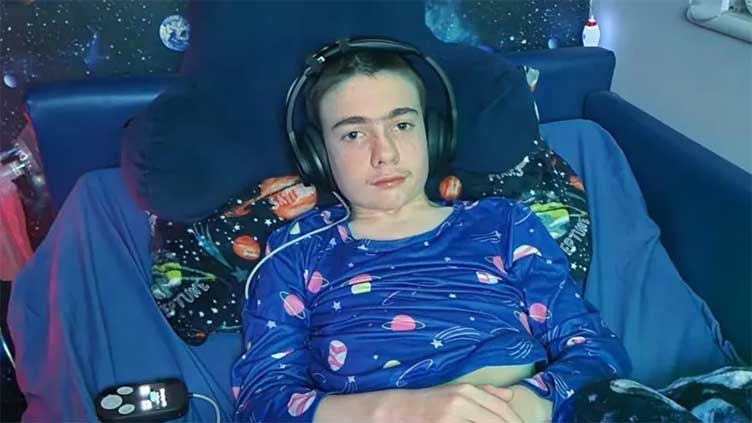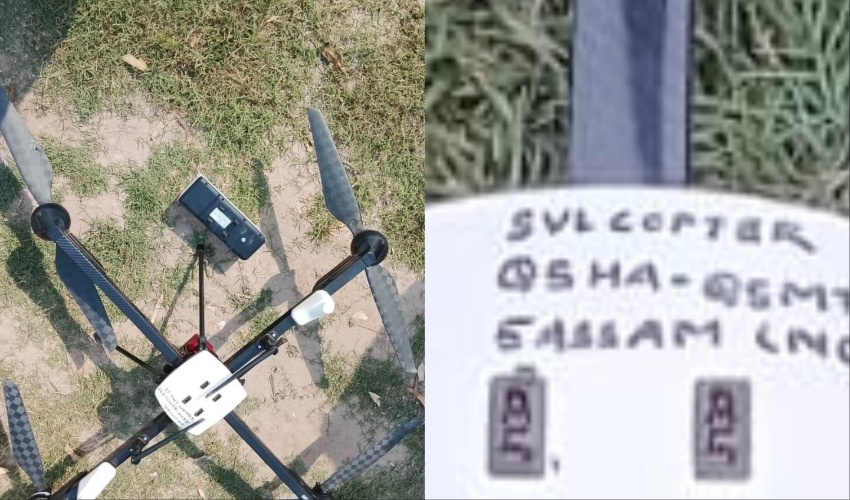A boy with severe epilepsy has become the world's first patient to test a novel device implanted in his skull to regulate seizures.
The neurostimulator, which sends electrical signals deep into Oran Knowlson's brain, has reduced his daytime seizures by 80%.
Justine, his mother, told the BBC that he was happier and had a "much better quality of life".
Oran, now 13, underwent the operation in October as part of a trial at Great Ormond Street Hospital in London when he was 12.
Oran from Somerset was diagnosed with Lennox-Gastaut syndrome, a treatment-resistant form of epilepsy when he was three years old.
Since then, he has had multiple daily seizures, ranging from two dozen to hundreds.
When we first spoke with Oran's mother last autumn, before surgery, she described how Oran's epilepsy controlled his life: "It has robbed him of all of his childhood."
She told us that Oran had a variety of seizures, including ones in which he fell to the ground, shook uncontrollably, and lost consciousness.
She stated that he would occasionally stop breathing and required emergency treatment to resuscitate him.
Oran has autism and ADHD, but Justine says his epilepsy is by far the most difficult challenge: "I had a fairly bright three-year-old, and within a few months of his seizures starting, he deteriorated rapidly and lost a lot of skills."
Oran participates in the CADET project, which is a set of trials evaluating the safety and efficacy of deep brain stimulation for severe epilepsy.
The collaboration includes Great Ormond Street Hospital, University College London, King's College Hospital, and the University of Oxford.
Amber Therapeutics, a UK-based startup, produces the Picostim neurotransmitter.
Epilepsy seizures are caused by aberrant bursts of electrical activity in the brain.
The gadget, which emits a steady pulse of current, is designed to prevent or destroy abnormal signals.
Before the operation, Justine told us, "I want him to find some of himself again through the haze of seizures. I’d like to get my boy back."
The surgery, which lasted approximately eight hours, took place in October 2023.
The team, led by consultant paediatric neurosurgeon Martin Tisdall, placed two electrodes deep into Oran's brain, eventually reaching the thalamus, a vital relay station for neuronal information.
The margin of error for lead placement was less than a millimeter.
The lines' ends were linked to the neurostimulator, a 3.5cm square, 0.6cm thick device that was inserted into a gap in Oran's skull where the bone had been removed.
The neurostimulator was then inserted into the skull to anchor it in place.



























